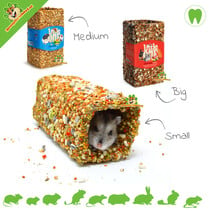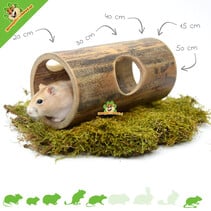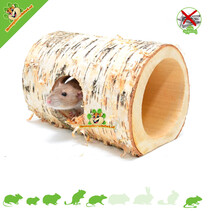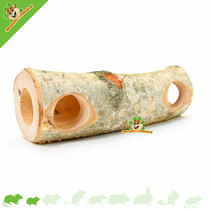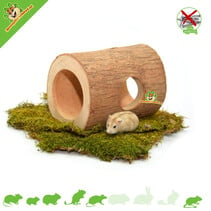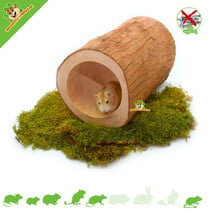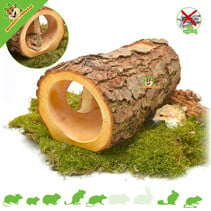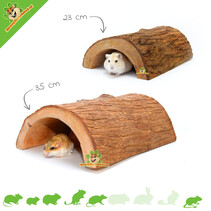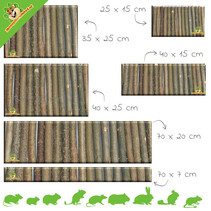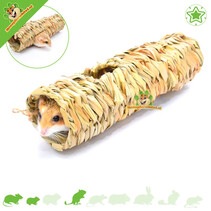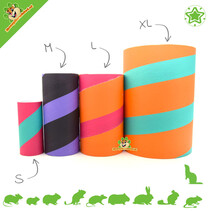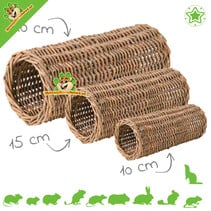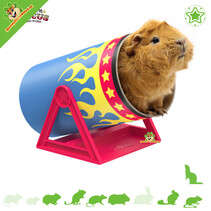Tunnels for Hamsters – Natural, Safe & Adventurous Play Fun
- Voor 17 uur besteld, dezelfde dag verzonden!
- Al 14 jaar een begrip!
- Delivery from our own stock
- Voor 17 uur besteld, dezelfde dag verzonden!
- Al 14 jaar een begrip!
- Delivery from our own stock
Order tunnels for your Hamster and Dwarf Hamster quickly and easily at DRD Rodent Shop® The Hamster Webshop for your Hamster!
 Hamsters and Dwarf hamsters love tunnels. In the wild, the animals also live in tunnels under the ground, which we also call burrows. In many cases, the hamsters dig the tunnels themselves, but sometimes they also take over a burrow of another animal that has already left the burrow. Being able to show natural behavior is very important for all animals, which is why we know how important it is for hamsters to be able to walk through tunnels.
Hamsters and Dwarf hamsters love tunnels. In the wild, the animals also live in tunnels under the ground, which we also call burrows. In many cases, the hamsters dig the tunnels themselves, but sometimes they also take over a burrow of another animal that has already left the burrow. Being able to show natural behavior is very important for all animals, which is why we know how important it is for hamsters to be able to walk through tunnels.
Why is a tunnel important for a Hamster or Dwarf Hamster?
Hamsters are natural burrowers and cave builders. Tunnels mimic their natural habitat. They provide a sense of security, offer hiding places and provide mental stimulation.
Hamsters are prey animals that do not like their enclosure to be too open. They like to walk around in the enclosure sheltered, so that they do not have to worry about being grabbed from above by a predator. The feeling of safety gives the animals peace and will also ensure that they become tame and accustomed to their surroundings more quickly.
What types of tunnels are there for Hamsters and Dwarf Hamsters?
We distinguish between two types of tunnels. One tunnel is meant to walk through freely. An example of this is a spacious tree bark tunnel. The other tunnel is meant as a challenge, such as the tree trunk tunnel. The tree trunk tunnel is often too small to get through, but the animals still find it great fun to make the holes in the tree trunk tunnel bigger so that they can get through at some point. They then make their own tunnel, as it were.
There are tunnels of different materials. They are available in wood, plastic and grass. The grass tunnels are very fun for hamsters; the animals love to nibble on the grass.
Are tunnels suitable for all hamsters?
Yes! Both dwarf hamsters and Syrian hamsters (golden hamsters) like to use tunnels. When buying, pay attention to the diameter: Syrian hamsters need slightly wider tunnels.
How big should a tunnel be for my hamster?
For dwarf hamsters, a diameter of 5-6 cm is usually sufficient. Syrian hamsters need more space: 7 cm or more . Make sure that the tunnel is not too narrow, so that your hamster can move freely.
Are tunnels safe for my hamster?
Sure, as long as the tunnel has no sharp edges or splinters. Choose natural materials such as grass, wood or ceramic, without harmful glue or coating.
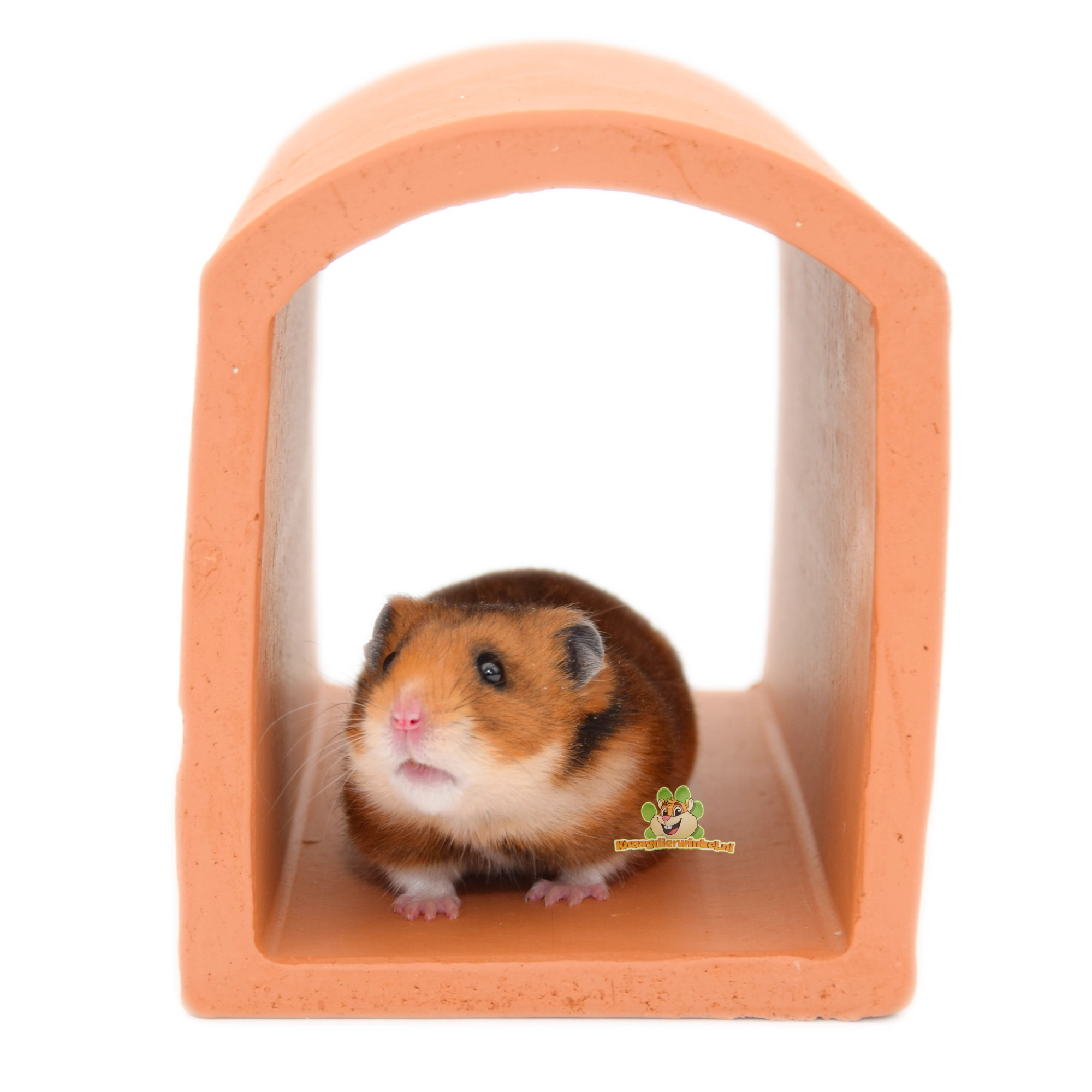
Can I combine multiple tunnels?
Yes, and that is even recommended! By combining different tunnels, you create an adventurous environment. Think of connecting a wooden tunnel with a grass tunnel or integrating a tunnel in the digging part.
How do I clean tunnels?
- Grass tunnels: Replace regularly, not suitable for cleaning with water.
- Terracotta tunnels: Rinse with warm water and allow to dry thoroughly.
- Wooden tunnels: Wipe with a slightly damp cloth or with urine spray .
Can hamsters sleep in tunnels?
Yes, especially in closed tunnels or those with multiple entrances. Provide adequate ventilation and use soft nesting material if necessary.
Are tunnels also suitable for excavator buckets?
Absolutely! Tunnels are perfect for a digging box. They provide structure and encourage natural behavior. Use them horizontally or half buried.



